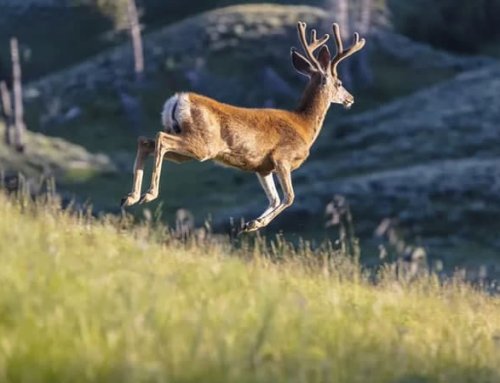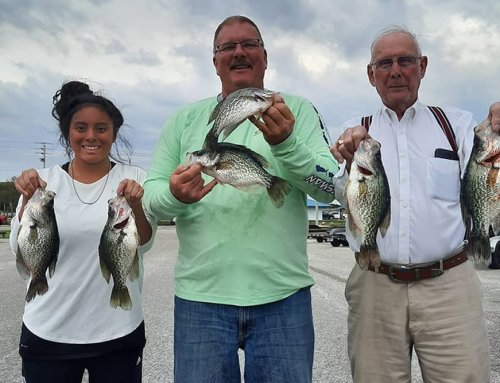What is deep jigging?
Deep jigging is the term used for fishing using jigs in a deepwater setting, usually more than 100 feet deep. This fishing technique is often employed to catch husky bottoms fish species such as mutton snapper, amberjack, and grouper. However, this can also be used of pelagic species such as cero mackerel, Spanish mackerel, and kingfish. Deep jigging is also great for catching wahoo and dolphin fish.
The Jigs
There are many different types of jigs you can use for deep jigging. These jigs were designed to imitate bait; thus, it comes in various shapes, sizes, and colors. You’ll find feathered jigs, bucktail jigs, feathered jigs, and many others. The rule of thumb is: the deeper you fish, the heavier the jig you should use.
Getting the Technique Right
As with any other fishing technique, you might not get it right the first time but you’ll soon master the technique with constant practice. Also, you’ll learn from trial and error – pretty soon, you’ll be catching that monstrous fish.
The best day to go deep jigging is when the winds and currents are not too strong but there has to be wind and current to make the jig move as it drifts over the bottom. The idea is to make the jig act like a real fish, make sure to limit the up and down movements in just one place – that is unnatural and easily spotted by the fish you are trying to lure.
Deep jigging requires strength and stamina – after all, you are hoping to catch that big pompano or whatever large fish species you are targeting. This is the best time to employ fast upward jerks and to use heavy-duty lines and rods that can handle heavy weights.







